How does a Chiller, Cooling Tower and Air Handling Unit work together to provide air conditioning (HVAC) to a building. In this article we will be covering this topic to understand the basics of HVAC central plant.
Scroll to the bottom to watch the video tutorial on this subject
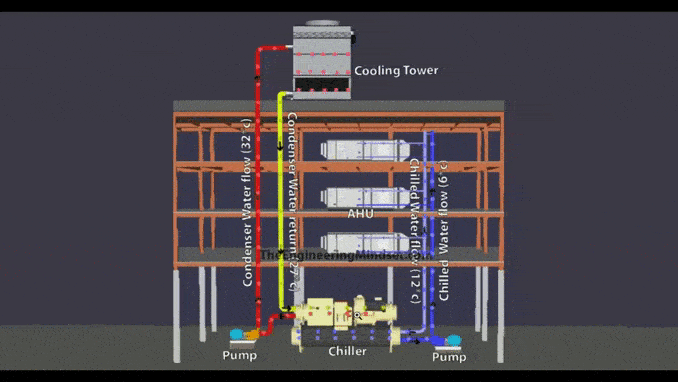
The main system components of the central cooling plant are the:
- Chiller
- Air Handling Unit (AHU)
- Cooling Tower
- Pumps
The chiller will usually be located either in the basement or on the roof and this depends on what type of chiller is used. Roof top chillers are usually “Air cooled” whereas basement chillers are usually “Water cooled” but they both perform the same function which is to generate cold water for air conditioning by removing the unwanted heat from the building. The only difference is how the chiller discards the unwanted heat.

Air cooled chillers will use fans to blow cool ambient air over their condenser to remove heat from the system, this type does not use a cooling tower. You can learn about this system and watch the video tutorial by clicking here. For the remainder of this article we will focus on water cooled chillers and cooling towers.
The water cooled chiller has two large cylinders, one is called the evaporator and the other is called the condenser.
Chilled water:
The evaporator of the chiller is where the “chilled water” is generated. The “chilled water” leaves the evaporator at around 6°C (42.8°F) and is pushed around the building by the chilled water pump. The chilled water flows up the height of the building to each floor in pipes known as “risers”. These pipes are known as risers no matter if the water is flowing upwards or downwards within them.
The chilled water branches off the risers into smaller diameter pipes which head to the fan coil units (FCU’s) and Air Handling Units (AHU’s) to provide air conditioning. The AHU’s and FCU’s are basically boxes with fans inside that suck air in from the building and push it across the heating or cooling coils to change the temperature of the air and then push this air back out into the building. The chilled water enters the AHU/FCU and passes through the cooling coil (a series of thin pipes) where it will absorb the heat of the air blowing across. The chilled water heats up and the air blowing across it cools down. When the chilled water leaves the cooling coil it will now be warmer at around 12°C (53.6°F). The warm chilled water then heads back to the evaporator, via the return riser, and once it enter the evaporator a refrigerant will absorb the unwanted heat and move this over to the condenser. The chilled water will then leave cool again, ready to circulate around the building and collect more unwanted heat. Note: the chilled water is referred to as “chilled water” no matter if it is warm or cool.
Condenser water:
The condenser of the chiller is where the unwanted heat is collected before being sent to the cooling towers. A refrigerant passes between the evaporator and the condenser to move all the unwanted heat. Another loop of water, known as “condenser water”, passes in a loop between the condenser and the cooling tower. The refrigerant collects the heat from the “chilled water” loop in the evaporator and moves this to the “condenser water” loop in the condenser.
The condenser water enters the condenser at around 27°C (80.6°F) and will pass through, collecting heat along the way. By the time it leaves the condenser it will be around 32°C (89.6°F). The condenser water and the refrigerant never mix, they are always separated by the pipe wall, heat just transfers through the wall. Once the condenser water has passed through the condenser and picked up the unwanted heat, it will head up to the cooling towers to dump this heat and return cooler ready to collect more heat.
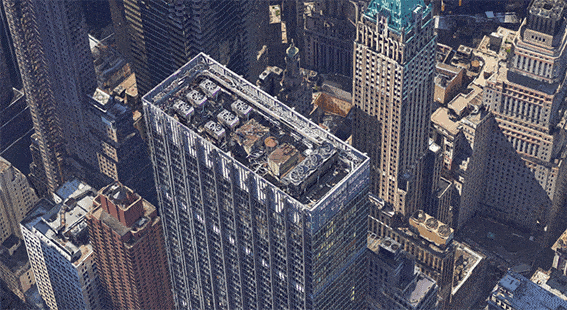
Cooling tower:
The cooling tower is usually located up on the roof and is the final destination for the unwanted heat in the building. The cooling tower contains a large fan which blows air through the unit. The condenser water is pumped up to the cooling towers and it is sprayed into the air stream. The cool ambient air will enter and come in direct contact with the spray of condenser water (in an open cooling tower) this will allow the heat of the condenser water to transfer into the air and this air is then blown out into the atmosphere. The condenser water then collects and heads back to the chillers condenser ready to collect more heat. Check out our special tutorial on cooling towers here.

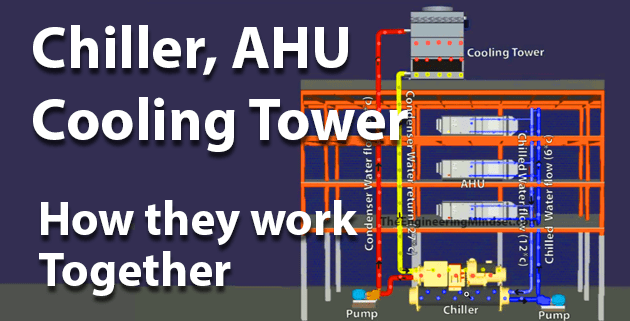


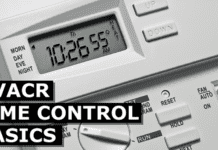
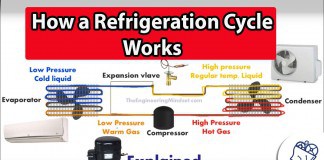
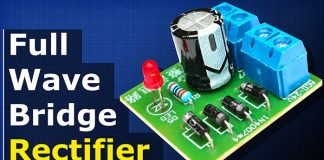
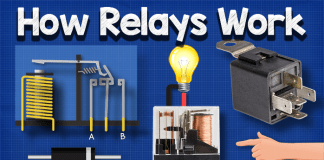
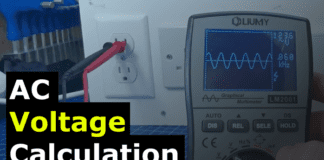
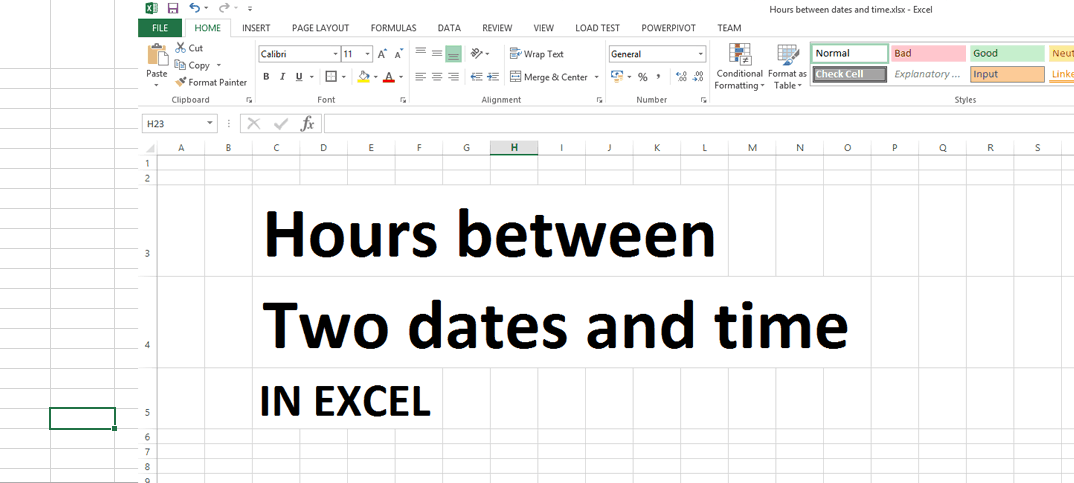
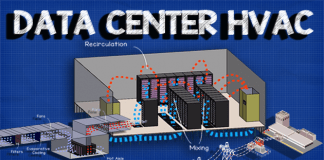








Great!
Good job sir
Thank very much for this video, was goog information for my work. Appreciate your detailed explanation on this matter.
Thank very much Mr. P. Evans
Muchas gracias por el video, fue de muy buena informacion para mi trabajo. Se le apercia mucho su detallada explicacion en este menester.
Muchisimas Gracias Sr. P. Evans
hi Paul
would you please , answer a real guestion on how we could choose a chiller for a building with its calculation.
thanks
Thanks very you are doing a great job. Today I understand fully house the chiller couple with AHU work
Great stuff! Thank you, sir!
Awesome job
This is a great, in-depth video of how these different assets work together to produce cool air. Thank you.
Thanks for sharing your thoughts with all of us through your post. Good job, Keep posting and share your valuable tips with us.
Hi Paul,
Thanks for the sharing. By the way, how we choose the best choice between air cooled and water cooled ? is there any items to be considered before we choose the best one ?
Thanks before
I work in a school building with this type of system (cooling tower on roof). I have been there for 12 years and in the same room for 7 years. I have multiple chemical sensitivity and asthma, and I have never had a problem with our system. However, three weeks ago I began to smell an overwhelming odor (to me) blowing from the vent in my classroom. The maintenance don’t smell if of course. They refuse to believe it’s coming from the system. (I investigated the other rooms to make sure it’s not coming from a colleagues room). The building is 20 years old and the air has gone out three times this year already. They are telling me all they’ve done is hit a reset button. Any ideas on what could be making this noxious odor?? I am desperate!!!
Very hard to tell from the information provided. What does it smell like? The system is basically just metal ducting around the building with air moving inside. Possibly someone has placed a bin near the air vent intake grille. Perhaps purchase some scented filters.
Please make an article on ahu and its parts.
I have to learn full details about AHU & how do i will give a cost efficiency AHU, Pls give me your suggestion for Indian AHU for clean rooms
what’s better and energy efficiency – air chiller or water chiller?
Thank you very much Engineering mindset!! I was unsure about my HVAC portion in building services, but you guys have helped me a lot. Now I am pretty confident about my basics. Great job!
I love the idea that you can get chilled water efficiently. This is something that my cousin was looking into as she looked for an industrial chiller. She would love knowing that unwanted heat passes through easily to get rid of it.
“The warm chilled water then heads back to the evaporator, via the return riser, and once it enter the evaporator a refrigerant will absorb the unwanted heat and move this over to the condenser.” can you please tell what’s the name of equipment having evporator & condenser referred in this scentence. I have not observed any eqpmnt in project material as Evp & condenser. pls reply
chiller
how does the air get equally distributed, do you have an example for an apartment building, would apartment #1 get more air than apt #9?
I like that you mention how chilled water pipes are known as risers weather they flow upwards or downwards. Knowing how to call the different parts of a system would be important when talking to an installation or repair contractor. It could also help when researching to purchase a chilled water pipe so that you can understand which type you need in order to be able to have the components necessary for your system to work.
Very good and enlightening article. Thank you for sharing, sir
Thanks for the sharing this information it’s very important for industry, which is the best air cooled and water cooled ? is there any items to be considered before we choose the best one ?
I live in tower in Austin TX where the building is cooled with chilled water supplied by Austin Energy. Each apartment has its own FCU/HCU and the apartments have intake and output vents for A/C and heat. There is also a fresh air vent in each apartment (as the windows do not open). It would seem then that each apartment recirculates its own air through its FCU/HCU and the only air that comes from outside the unit is the fresh air. So what I’d like to confirm is that no unit would ever receive air that has been circulated from another unit.
All of your videos are very informative. Really great work! I wonder if you would consider safety videos for HVAC work, specifically lockout out tagout procedures for chillers, air handlers, etc. I’m sure your regulations are different in the UK (I’m in the US) but it would be great to see how safety procedures factor into your educational content.
Paul, great videos! I’m addicted. Have you considered perhaps making safety videos for HVAC work, like lockout tagout for chillers and AHUs, etc.? Your have a very sensical, direct approach to educating that you could make safety training interesting. I’m sure your safety regulations are different in the UK (I’m in the US) but the procedures would generally be the same. It would be great to see how you integrate safety into the mix. So many technicians need to understand its importance. Thanks for the great videos!
Paul, great videos! I’m addicted. Have you considered perhaps making safety videos for HVAC work, like lockout tagout for chillers and AHUs, etc.? Your have a very sensical, direct approach to educating that you could make safety training interesting. I’m sure your safety regulations are different in the UK (I’m in the US) but the procedures would generally be the same. It would be great to see how you integrate safety into the mix. So many technicians need to understand its importance.
Paul, great videos! I’m addicted. Have you considered perhaps making safety videos for HVAC work, like lockout tagout for water cooled chillers and AHUs, etc.? You have a very sensical, direct approach to educating that you could make safety training interesting. I’m sure your safety regulations are different in the UK (I’m in the US) but the procedures would generally be the same. It would be great to see how you integrate safety into the mix. So many technicians need to understand its importance.
You have really written an informative blog with your full efforts its really amazing and useful.
Very nice article. Thanks for sharing this information. Keep sharing more informative content like this.
is a cooling tower required for a AHU?? please reply
Thanks for explaining how a chiller, cooling tower, and air handling unit all work together. I didn’t realize that you need both an evaporator to generate the chilled water and a condenser to collect the unwanted heat. Beyond this point, I really don’t understand the rest of the article. I would imagine that it takes years of study and training courses to be able to fully understand and maintain this equipment.
Your mode of telling the whole thing in this post is actually nice, all be able to easily
know it, Thanks a lot.
Thanks for a really helpful article
Thanks for sharing this valuable information, it is really helpful article!”
Thanks very you are doing a great job. Today I understand fully house the chiller couple with AHU work
your article is useful for HVAC engineers. thanks for your good engineering website.
I think you got the condeser pipes reversed. The return should be the orange color, the riser w/ the pump that goes to the cooling tower shoulb be red.
your videos are great but are recorded at a very low volume. I have it at 100 on my laptop and it is still very low sounding.
This post is actually nice